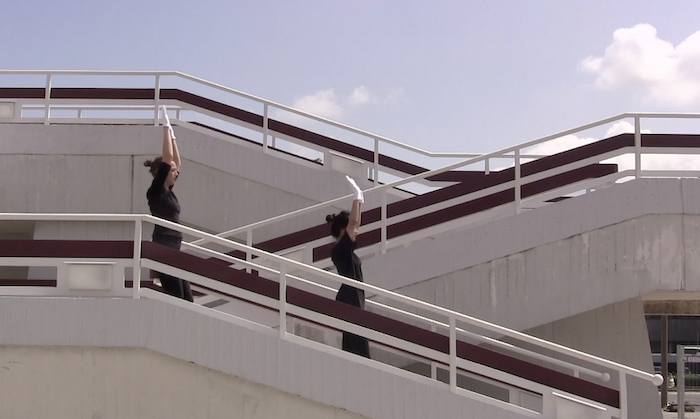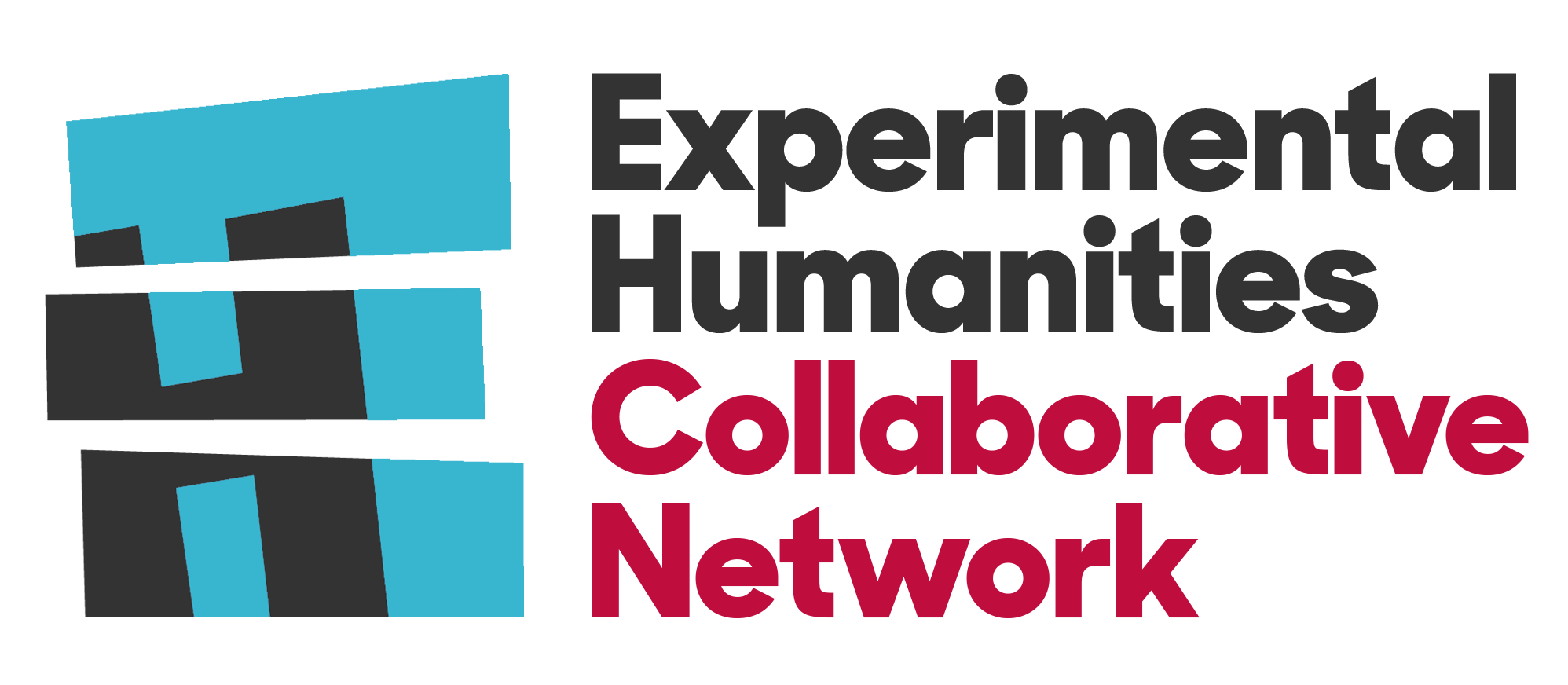
Welcome to Our new portfolio
(series)
This body of work extends the artist’s strong interest in the German colonial postcards. Mekondjo uses photographs with subjects that, at first glance, may seen mundane: mothers with children, men and women in indigenous dress, and scenes of daily life in Aawambo homesteads. By withdrawing the spectacle of colonial violence, she asks viewers to look closer, to see what is, as art historian Paul Wilson writes about Mekondjo’s work, ‘’permanently captured and frozen within their posed bodies, indifferent facial expressions and questioning gazes’’. These reveal what is always present but never visible in the actual postcards, namely the ‘’hovering shadows’’ of the ‘’colonial masters,’’ photographers, and assumed white viewers, all of whom pin the subjects under a controlling , objectifying gaze.’’
‘’Her reworking of the photograph bestows care on the ancestor, while the resulting patterns, veils, and screens of foliage offer a sense of privacy, a refuge from the gaze. Mekondjo embroiders wombs, ovaries, fallopian tubes, cells, breasts and fetuses across the panels. The plush texture and bright colours of the embroidery stand out against the flat photographs and earth tones canvas. The embroidered forms seem to follow their own natural logic as they range across each artwork, but they eventually connect with the people in the photographs and link individuals to one another. For the artist, the embroidered imagery represents traumas that are passed down from one generation to the next, but the vibrant anatomical forms also pulsate with life, resilient and indomitable, which emerges even amid oppression and death.’’








